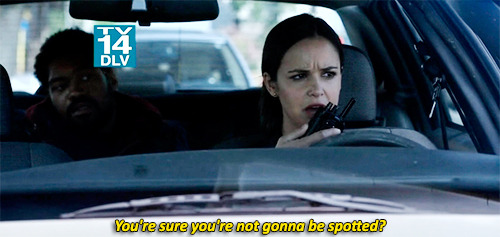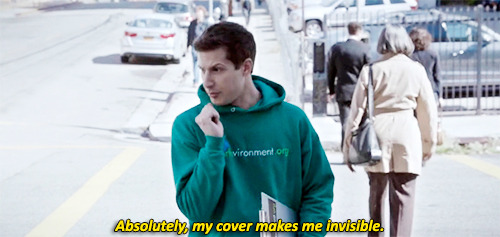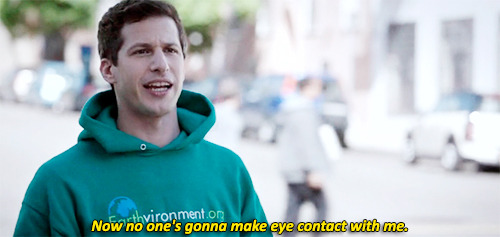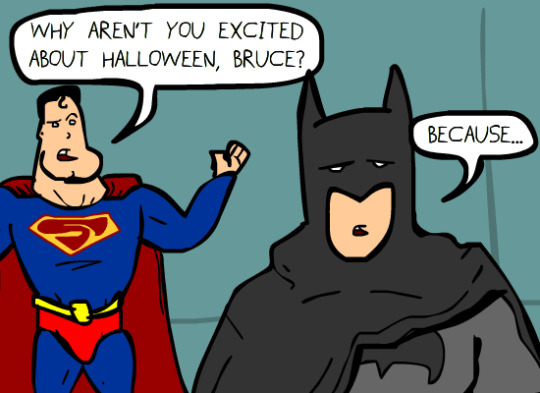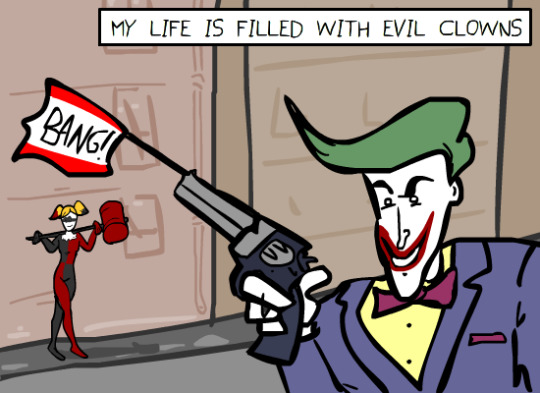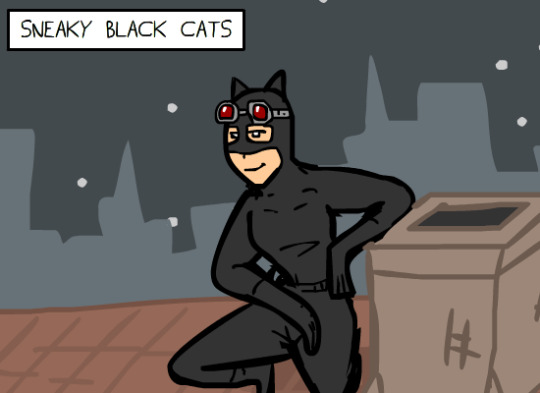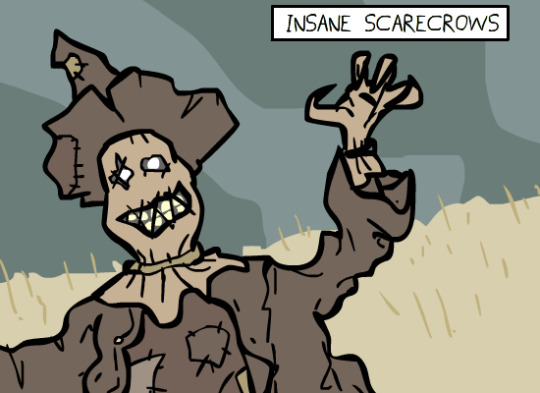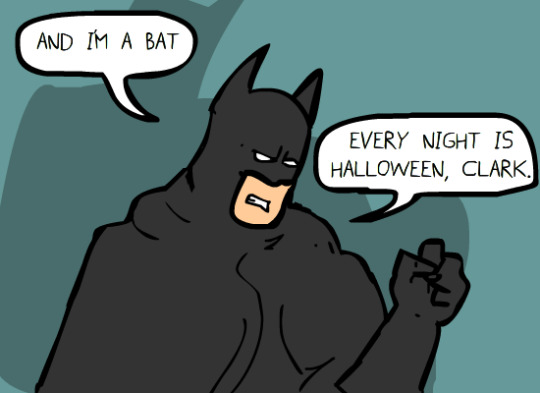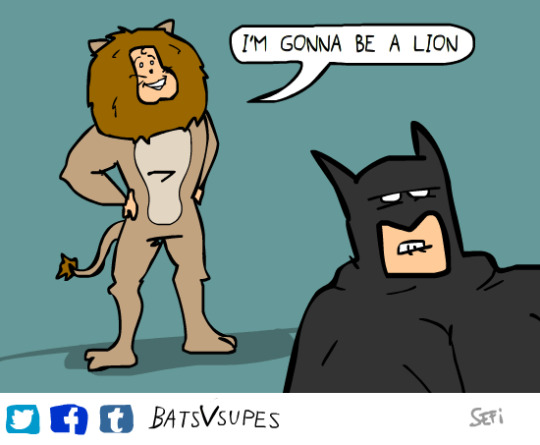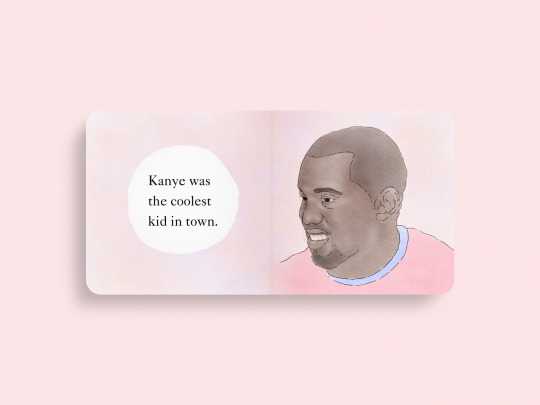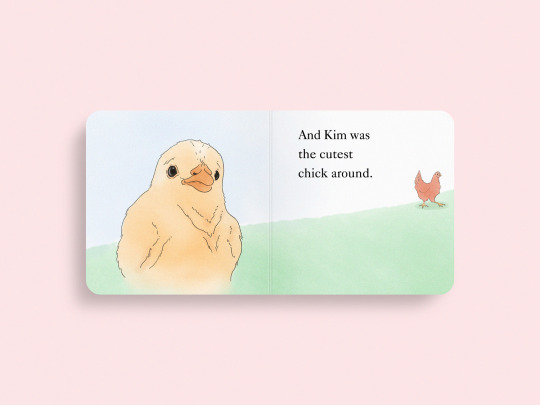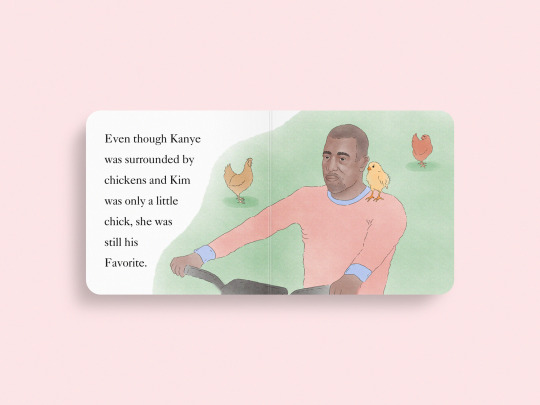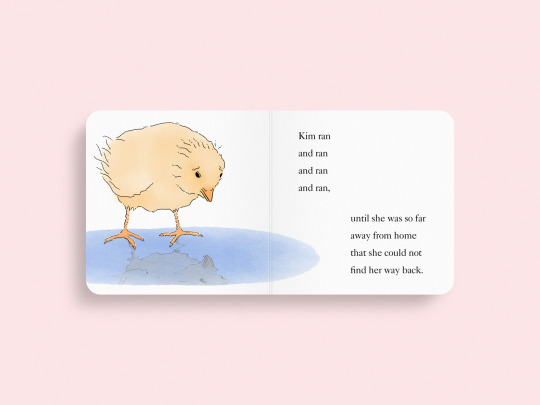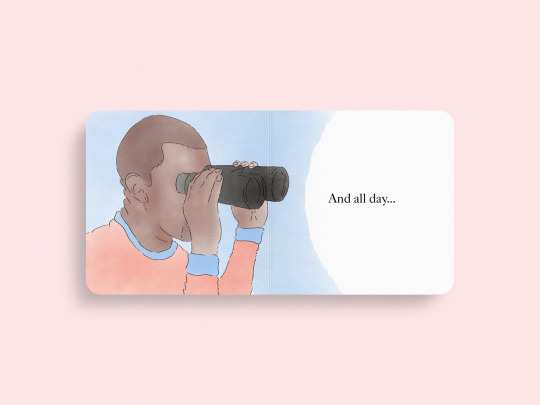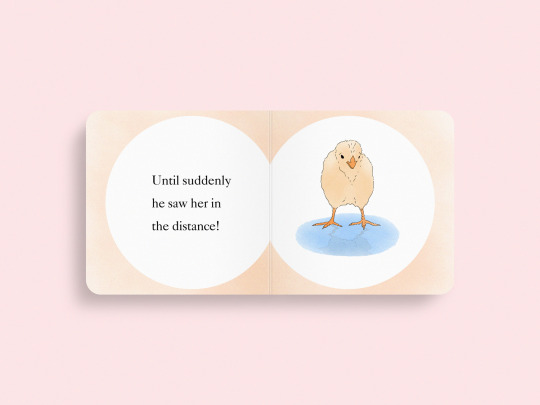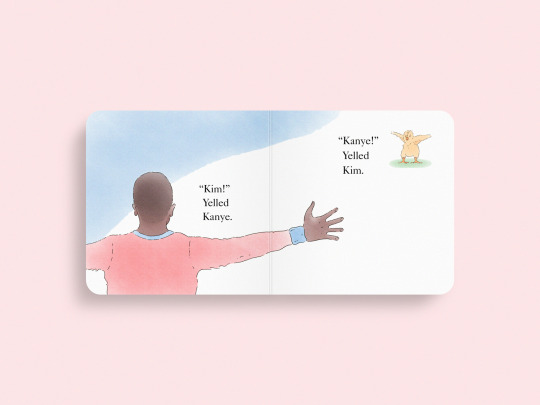Text
Detailing Dehumanization
In his essay, “Black Men and Public Space,” Brent Staples strategically presents his argument against the degradation of black men in three sections, with each serving as a concise, constructive layer to his point. Staples begins with an overwhelming stream of anecdotes, which then expands to include the experiences of others, and finally closes with the internalized effects the immediate and omnipresent prejudice has on him and other black men. With both effective structuring and persuasive techniques (including intentional diction, imagery, and others) within the paragraphs, Staples presents the immediate agitated and scared feelings people, especially women, take on when they passingly encounter black men, and how that mistaken perception manifests physically and plagues mentally those who experience it.
Staples begins his essay with a sequence of anecdotes detailing incidents in which others saw his skin color and immediately assumed a threat. At the beginning of an essay, especially one beginning with an anecdote, the reader would expect to be introduced to the author, to get a sense of voice; however, Staples does not want the audience to be comfortable while reading this essay. Staples instead subverts the audience’s expectations, while paradoxically upholding the expectations of himself from the perspective of others, all with a single word: victim. The essay begins with “[m]y first victim was a woman” (Staples 19). By writing this, Staples temporarily plays along with his perception. It could even be viewed as a dark joke. With this word choice, Staples fulfils what he feels his perception is, causing the least cognitive dissonance for his targeted audience, people who would perceive him fearfully. Staples wants to first present the anecdotes that are easiest to digest, and slowly chip away at the audience’s conclusions, so as to make the life-threatening examples palatable, and fitting the expectation in the very beginning facilitates this understanding. Yet the audience is not given comfort, because the word victim still holds an uneasy connotation, and with the first introduction to the narrator being a potential listing of his victims, the audience certainly feels unease. Staples then builds on this discomfort through his choice of action descriptors, saying he “came upon her” and “swung onto the avenue” (Staples 19). He uses menacing, aggressive verbs to further enforce the fear others initially shroud him in. Staples augments this with vivid imagery, both of his physical description, “the youngish black man—a broad six feet two inches with a beard and billowing hair,” and of the woman’s reaction, “she cast back a worried glance…. after a few more quick glimpses, she picked up her pace and was soon running in earnest” (Staples 19). Staples immediately presents a clear portrayal of the scene so that the audience can begin to see the argument, not just read it.
Immediately, however, Staples dismantles his own argument in the following paragraph. The first paragraph felt natural to the reader, and with the second, Staples makes the audience aware of their own prejudice (like the little moment of surprise when one finds out a doctor is female when the brain implicitly assumed male). Besides the direct statements of innocence, Staples also uses passive language, further flipping the first paragraph’s malevolence to reveal that he is also a victim in the scenario: “I was stalking sleep,” “[h]er flight made me feel,” and “I was indistinguishable” (Staples 19). Staples is powerless. Actions are merely happening around and to him; he has no choice.
Staples continues this imagery through sharing his memories in a very detailed, specific manner. In one example, Staples utilizes onomatopoeia to entrench further the reader in the anecdote; Staples writes that when he crosses in front of a car he “elicit[s] the thunk, thunk, thunk, thunk of the driver—black, white, male, or female—hammering down the door locks” (Staples 20). The added auditory detail allows the reader to more clearly imagine the situation, making the story more powerful and real. Additionally, Staples specifies black, white, male, or female to diffuse blame, and build common ground for the audience so that resistance can be disarmed, and his points can be received. With this sentiment, Staples balances calling out and calling in his audience, by sharing the blame among all groups while simultaneously demanding introspection.
This example begins a list spanning several paragraphs with Staples recounting similar occurrences, for he does not want to give the audience a break. He wants the audience to feel how encompassing his perception is—he cannot take a break from it, and thus he does not give any reprieve to the audience. Staples cannot have the audience directly feel the way he has, but he wants to simulate it as closely as possible with words, so he creates the sounds, sense of exhaustion, and feelings of pain. Staples continues this by describing clearly the physical surroundings, like when he describes SoHo, “where sidewalks are narrow and tightly spaced buildings shut out the sky” (Staples 20). While this does help create a setting in the reader’s mind, it also paints the emotional picture—forcing feelings of confinement, echoing how Staples feels, trapped within fearful first instincts. The setting is his internalized fear; fear is a part of his world to the point where he alters his perception of the world. Staples repeats this when describing his home of Brooklyn as “dark” and with “warrenlike streets” (Staples 20). Even in his home, his own world, he feels trapped. The words also evoke a helpless feeling—a feeling also clearly depicted with the precise details of women’s reactions, women who “have set their faces on neutral” and wear “their purse straps strung across their chests bandolier-style [and] forge ahead as though bracing themselves from being tackled” (Staples 20). The inclusion of these small, bellicose details while recounting the reactions continues the haunting tone Staples constructs. All of the details concretely display the situations Staples has experienced, and with the word choice and precision, Staples begins to draw the audience into the emotion of the situations as well.
Within this first wave of examples, Staples intentionally plays into the panic and distress that he realizes he invokes, with some deliberate word choice, to prime the audience for the most intense examples. Staples refers to himself towards the end of his anecdotes as “a fearsome entity with whom pedestrians avoid making eye contact” (Staples 20). He purposefully dehumanizes himself by using the word entity instead of person or man because to the passersby he is only a threat. The detail of people refusing to make eye contact, could be a sign of fear, or could be paralleling the caste system, in which eye contact between the untouchables (a very dehumanized group) and upper castes was a crime. Staples repeats this sentiment again, but in a different context, later in the essay, calling himself “a shadow” (Staples 20). This time, the dehumanization is self-imposed, or at least internalized, rather than socially enforced. This plays the same role as before, painting Staples as non-human, but with added foreshadowing of Staples’ third and final section of the essay, in which he examines the way these instances have lasting effects on the mindset. Staples purposefully begins this dehumanization directly before he describes the most severe situations the fear has caused, for he wants to show the audience that this is not a way to treat a human, and such stories are only digestible when the victims are seen as less than human. So, he makes himself less than human.
With the audience’s disbelief weakened by an abundance of anecdotes, Staples dives into the his most intense stories, beginning with a security guard who “pursued [him] through the labyrinthine hallways,” leavening Staples powerless, only able to “move briskly toward the company of someone who knew [him]” (Staples 20). This memory marks the first instance of physical threat, in which the fear turns into a weapon used against him. This escalates in the next story, in which Staples entered a jewelry store in an “affluent” area and is forced out with “an enormous red Doberman pinscher straining at the end of a leash” (Staples 20). Staples forces the audience to examine these situations and take a critical look at these customs of responding with fear. To aid in disarming resistance, Staples incrementally builds the intensity; the previous examples, while powerful on their own, lay a solid foundation to present more extreme stories in an arena in which they could be listened to and thoughtfully examined.
After this, Staples extends his argument beyond himself, showing the scale and severity of the problem, he tells the story of another black male journalist. As Staples previously dehumanized himself, he leaves the journalist nameless, both showing how people see young, black men, but also to comment on how common this story is—this man could be one of many people who have all experienced similar incidents or worse. Staples shows the aggressive intentions of the police officer to the journalist by writing that he “hauled him from his car at gunpoint and but for his press credentials would probably have tried to book him” (Staples 20). The phrasing shows the audience the intentionality of the officer’s actions, that this man was a target, and with a wrong movement, the ending could have been much worse. Staples ends this paragraph with the resigned “[b]lack men trade tales like this all the time” (Staples 20). This phrase emphasizes that the encounter was nothing special, and that black men have grown to believe such instances are an unavoidable part of the space they are forced to live in.
To close his essay, Staples explores some of the internalized thoughts and actions he experiences due to the fear associated with his appearance. Despite Staples not playing an intentional role in the feelings he causes by simply being a pedestrian, he describes how he changes himself to sooth prejudices. He must be constantly aware of his body and actions—he must “give a wide berth to nervous people on subway platforms,” let people “clear the lobby” before he can enter behind them, and even “whistle[s] melodies from Beethoven and Vivaldi” (Staples 20). Staples shows that the discrimination extends beyond annoyances or even being held at gunpoint; it drips into the mindset, and alters self-perception. The essay ends with Staples likening himself to prey, for he now identifies as less-than, especially with him describing his actions as the “equivalent of the cowbell that hikers wear when they know they are in bear country” (Staples 20). Using the word cowbell further dehumanizes Staples, associating him with not just prey, but one of the animals humans consume the most. In the first sentence, Staples was the predator hunting a victim, now with his cowbell Staples has reversed his role, revealing himself to be the prey, paralleling the audiences transition of perception. This reveals how the perception not only affects black men in the physical world but attacks the mind and degrades self-worth and independence over time.
Through recounting some of his own stories, Staples confronts a possibly unwitting audience with a reality unknown to them, forcing the reader to step outside of the self and re-examine the unknown thoughts behind certain actions taken late at night on isolated, narrow streets. While he does not directly call for action, his precise recounting forces introspection and consideration. Publishing this essay 1986, Staples wrote these words long before the tragedies of Oscar Grant, Freddie Gray, or many other young black men killed out of prejudice, yet they resonate with the same problems, and same behaviors. Staples wants his audience to give serious thought to these issues because it is not just the names we know from the most violent cases, it is a pervasive problem that effects young black men throughout the states, not only physically (or lethally), but mentally as well, for internalized prejudice rarely makes headlines.
Works Cited
Staples, Brent. “Black Men and Public Space.” Harper’s Dec. 1986: 19-20. Print.
10 notes
·
View notes
Text
Did the signs survive the Titanic?
Yes: Aries, Taurus, Gemini, Cancer, Virgo, Libra, Scorpio, Capricorn, Saggitarius, Aquarius, Pisces
No: Leo
156K notes
·
View notes
Photo

“What do you play?”
“The Clarinet, you?”
“I play the fucking HAMMER”
465K notes
·
View notes
Photo

Usain Bolt posing with his winning tortoise at a tortoise race
782K notes
·
View notes
Text
[lives near a tennis factory] whos making that racket
104K notes
·
View notes
Text
some nerd: you should read this new john green book, they just made a movie out of one of his novels the fault in our sta- me:

91K notes
·
View notes


